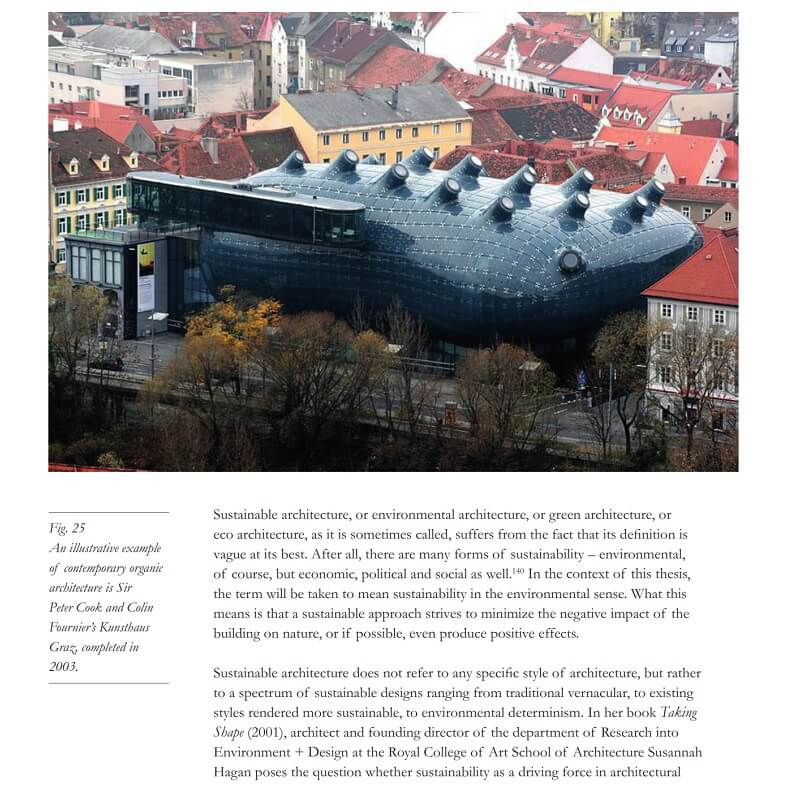How Does Architecture Respond To The Principles Of Biomimicry?
Biomimicry is an interesting concept in architecture. It is a design approach that seeks to find sustainable solutions by imitating nature's patterns and shapes.
Inspired by the world around us, architects and designers have developed techniques to mimic how the natural world functions in our built environments. But what is biomimicry and how is it used in architecture?
1. What is biomimicry?
Biomimicry is the practice of looking to nature for inspiration and guidance when solving design problems. It is a way of learning from natural processes to create innovative and sustainable designs.
For instance, architects compare the way honeycomb structures are formed in nature to the way buildings distribute weight. By imitating how bees build their hives, buildings can be made stronger and more efficient.
2. Learning from nature
By observing the natural world, designers can learn how to create better buildings that are more energy-efficient, produce less waste, and are more sustainable. By using biomimicry, they can discover new ways to harness the power of the sun, the wind, and other natural elements.
For example, a building's orientation can be designed to optimize solar gain in much the same way that the leaves of trees are oriented towards the sun to maximize their absorption of light for photosynthesis.
3. Inspired designs
Biomimicry has inspired some truly unique building designs. From the Sydney Opera House, with its sail-like shells that resemble the fins of whales, to the Eden Project's bubble-shaped biodomes that mimic the natural contours of soap bubbles, architects have used nature's shapes and forms as inspiration for some truly remarkable structures.
4. Sustainable materials
In addition to shaping design, biomimicry can also inform the selection of materials. Many natural materials, such as bamboo and cork, are renewable and sustainable. By looking to nature, architects can discover new materials and technologies that can be used to create environmentally friendly buildings.
5. The future of sustainable design
Biomimicry is a new approach to sustainable design that holds great promise for the future. As architects and designers take inspiration from nature, they are creating buildings that are not only beautiful but also sustainable and eco-friendly.
With the development of new technologies and the growing movement towards sustainable design, biomimicry is quickly becoming an important tool in the design process. In the years to come, we can expect to see even more innovative and sustainable building designs that take inspiration from the world around us.
6. Challenges
Biomimicry is not without its challenges. One of the biggest obstacles is the complexity of natural systems. It can be difficult to understand how these systems work and how they can be applied to building design.
Another challenge is the fact that natural systems are constantly evolving and changing. Architects must be ready to adapt their designs to reflect these changes.
7. Benefits
Despite these challenges, biomimicry has many benefits. It can help architects and designers find new, innovative solutions to complex problems. It can also lead to new materials, new building techniques, and more sustainable design practices.
8. FAQ
Q. What is biomimicry?
A. Biomimicry is the practice of looking to nature for inspiration and guidance when solving design problems. It is a way of learning from natural processes to create innovative and sustainable designs.
Q. How is biomimicry used in architecture?
A. Designers use biomimicry to discover new ways to harness the power of the sun, the wind, and other natural elements. They also use biomimicry to inform the selection of materials, such as bamboo and cork, which are renewable and sustainable.
Q. What are some examples of biomimetic building designs?
A. Some examples of biomimetic building designs include the Sydney Opera House, with its sail-like shells that resemble the fins of whales, and the Eden Project's bubble-shaped biodomes that mimic the natural contours of soap bubbles.
Overall, biomimicry is a fascinating approach to sustainable design that has the potential to transform the way we think about building and architecture.


Post a Comment for "How Does Architecture Respond To The Principles Of Biomimicry?"